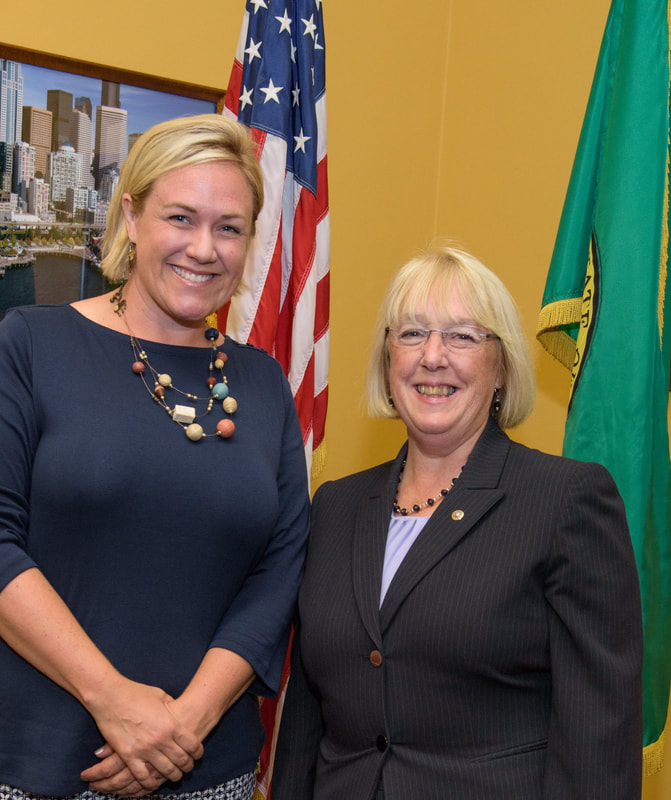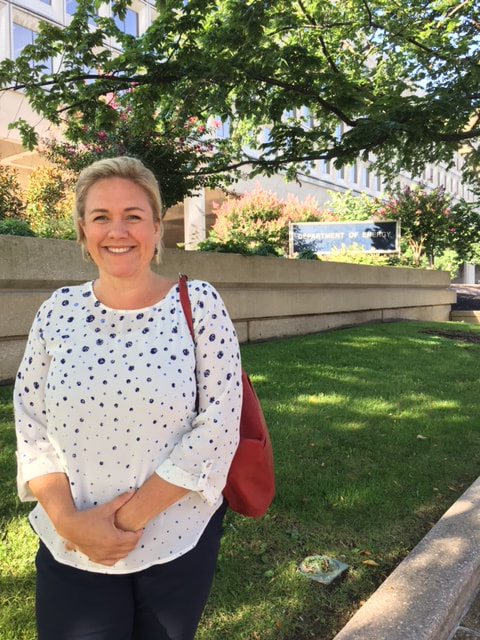|
Being an Einstein Fellow has afforded me the opportunity to engage in federal education policy much more deeply than I ever did as a classroom teacher. While I was familiar with laws that affected my students and myself, I was relatively disconnected from the policy realm. Being in Washington, DC has given me the opportunity to attend and learn from discussions and presentation about federal educational policy that directly influence classroom teachers in my home district and state. The first major federal K-12 public education law, the Elementary and Secondary Education Act (ESEA) was passed by President Johnson in 1965. Since that time, the law has been periodically reauthorized and has seen numerous changes, both in name and in mandates. Beginning in 1988, in order to receive federal block grant funding, states were required to include annual accountability measures (student test scores) and improvement plans. In 1994 (Improving America's Schools Act), schools began to be singled out for not making "adequate yearly progress" and in 2002 (No Child Left Behind Act) the testing requirements were significantly expanded and all teachers were required to be "highly qualified." In 2015, the ESEA was reauthorized as the Every Student Succeeds Act (ESSA). The Act passed congress with bipartisan support and actually narrows the federal government's role in public education relative to its predecessor (NCLB). While annual standardized testing is still required, the ESSA give states significantly more discretion over accountability measures, teacher quality, professional development, after-school programs and 21st Century Learning Centers. “The Every Student Succeeds Act will put an end to the one-size-fits-all mandates of No Child Left Behind. And it will end the era of state waivers. That will give teachers and parents in Washington state and across the country some much-needed certainty. Our bipartisan bill will also reduce reliance on high-stakes testing, so teachers and students can spend less time on test prep and more time on learning. I know that’s going to be a major relief for teachers and principals…” The ESSA Law is fulling going into effect during the 2017-2018 school year. States were required to submit ESSA plans to the US Department of Education by this fall. If you are curious, the state plans are all publicly available. Recently I attended a public meeting hosted by the STEM Education Coalition called "STEM in the States: Impacts of the Every Student Succeeds Act." At this event, a three group panel presented information related to how the changes in ESSA might impact STEM education.
EducationFirst aided multiple states in writing their ESSA plans. The following trends were noted:
The Afterschool Alliance described the high demand for STEM in after-school enrichment programs. Roughly 7 million kids benefit from after school and/or summer STEM programs, which excite interest, teach STEM skills and allow students to identify and value STEM in their lives. Battelle shared a case study of the impact of STEM focus in a school and their work to share effect STEM education work via states in their STEMx program. A question-answer session followed the panel presentations, with the following take-aways:
While the questions remain, there is no doubt that the education stakeholders will be advocating for what they believe to be best for kids, teachers and our nation's future. |
Archives
July 2018
|
I give many of my IB Biology resources away, for the benefit of students and teachers around the world.
If you've found the materials helpful, please consider making a contribution of any amount
to this Earthwatch Expedition Fund.
Did I forget something? Know of a mistake? Have a suggestion? Let me know by emailing me here.
Before using any of the files available on this site,
please familiarize yourself with the Creative Commons Attribution License.
It prohibits the use of any material on this site for commercial purposes of any kind.
If you've found the materials helpful, please consider making a contribution of any amount
to this Earthwatch Expedition Fund.
Did I forget something? Know of a mistake? Have a suggestion? Let me know by emailing me here.
Before using any of the files available on this site,
please familiarize yourself with the Creative Commons Attribution License.
It prohibits the use of any material on this site for commercial purposes of any kind.

